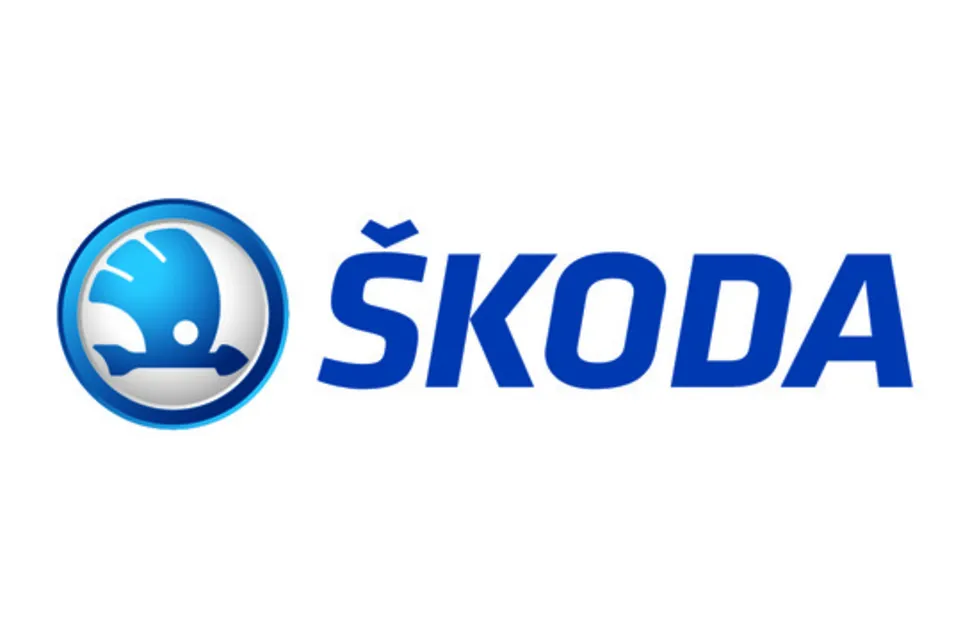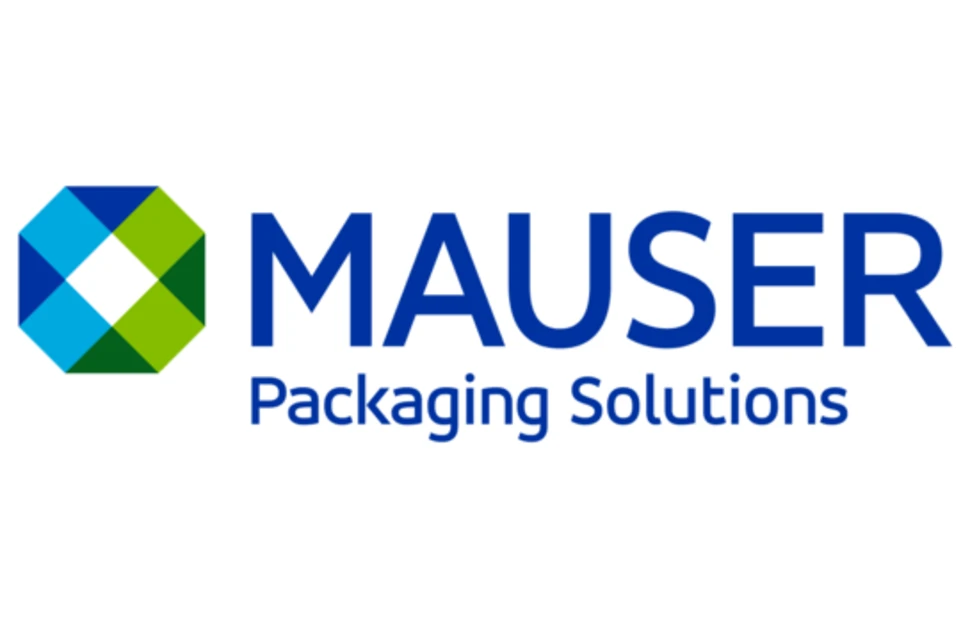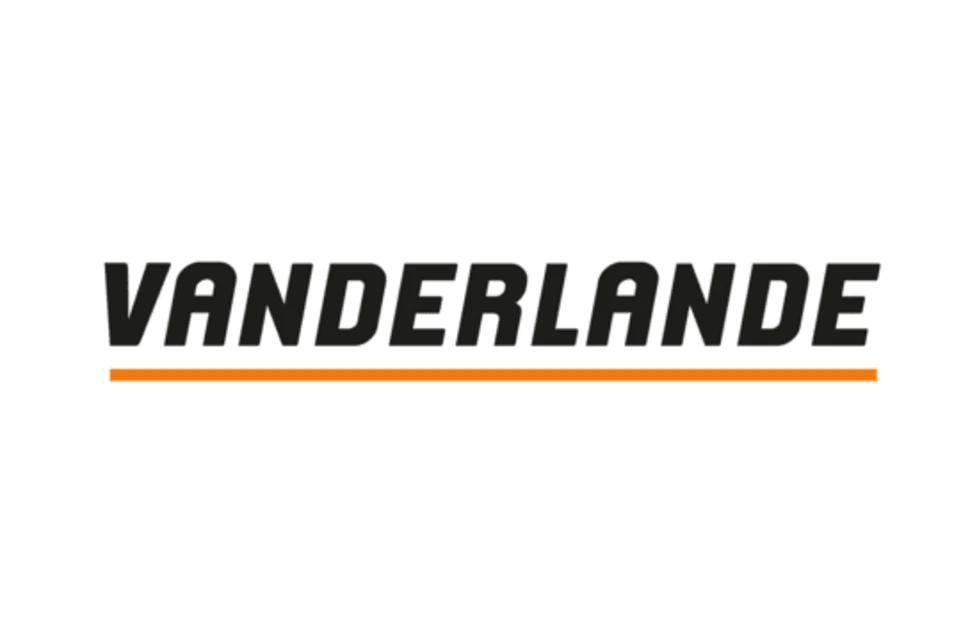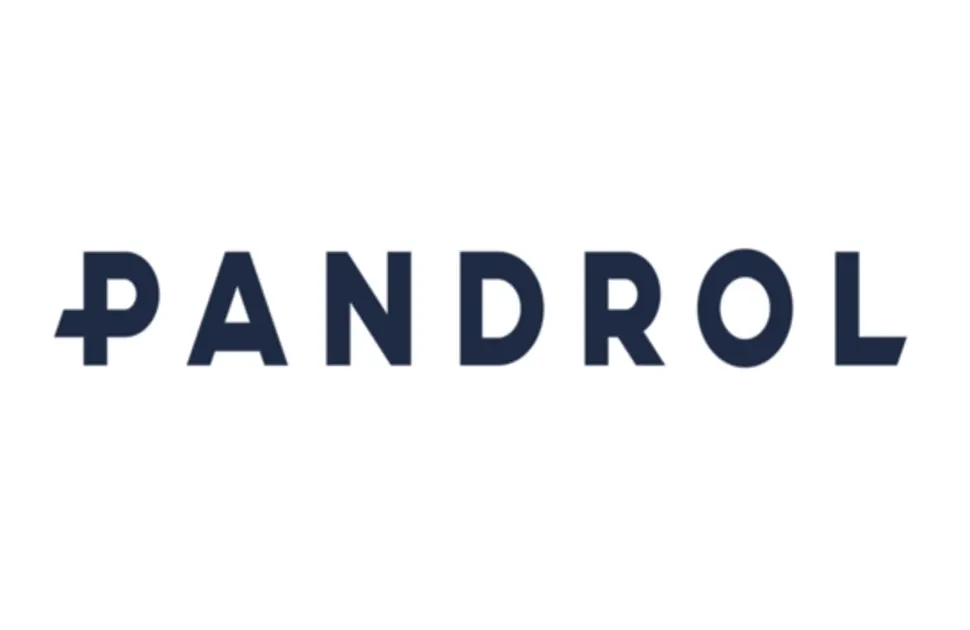European steel buyers catch their breath
One year ago, European steel producers grasped the commercial initiative. Production cuts, forced by the coronavirus pandemic, limited availability. Quotas restricted access to traditional import sources. A series of mill price increase announcements reversed the previous downward trend. Steel manufacturers were able to start to recover lost profit margins. Steel buyers have spent twelve months coping with rising prices and material shortages.
This month, in the middle of the holiday season, the market showed signs of cooling. Distributors and service centres report reasonable stock levels and good forward order books. Pressures on purchasing have diminished. Buyers could enjoy a well-earned break. Consequently, transaction values were largely unchanged, month-on-month, although flat steel prices weakened slightly, in southern Europe.
Opinion is divided concerning the future market direction. EU coil buyers, advocating a downward price correction, point to a range of factors. Domestic availability has improved. Delivery lead times are contracting, in several instances. Import offers now compare favourably with local production, for price and delivery. Forward demand could fall, as buyers aim to minimise year-end inventory, fearful of a stock devaluation.
On the other hand, delivery times for cold rolled and coated coils are still relatively long, extending into 2022. Antidumping measures and risks associated with tariffs limit the attraction of imported goods. Mills are still keen to maintain their profit margin gains of the last year.
Flooding damage
Northern European coil prices are more stable than those in the south of the continent. Heavy flooding, in Germany and Belgium, reduced value-added steel output and damaged inventory. Transport is heavily disrupted. Several stretches of river are still closed to navigation. Rail infrastructure will need many months to be fully restored. The road network is also in disrepair and cannot cope with displaced rail and water traffic. A few suppliers declared temporary force majeure, due to the absence of transport. The immediate impact on steel prices, however, was minimal.
Flat product values declined during the past four weeks, in Italy and Spain. This movement was driven by attractive import offers. The gap between Italian and German hot rolled coil prices widened to around €100 per tonne. Italian quarto plate prices also decreased, due to a reduction in the cost of Russian slab feedstock.
Annual contract discussions, for the automotive industry, are expected to begin early, during September. Negotiations are expected to be tough. Current spot deals are significantly higher than previous contracts and mills will be seeking to narrow the differential. The shortage of semiconductors and, potentially, of wire-derived products, due to the floods in Germany, threatens the recovery in the automotive sector.
Overseas developments
Many European supply chain participants are closely monitoring developments in overseas markets. Prices in the United States remain strong. Delivery lead times are long and availability is tight, across all products. The Japanese market is improving as others in the region stall. The full impact of the cancellation of Chinese export rebates has yet to be calculated, within China and internationally. The rumoured export tax is yet to be implemented.
The European steel market is delicately poised. Strong forces are pulling it in different directions and, currently, maintaining equilibrium, supported by the summer lull in activity. In the short term, modest stock replenishment should sustain demand and prices. Increased mill output, towards the end of the year, may act as a brake on price growth.
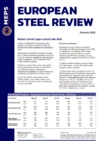
Source:
European Steel Review
The MEPS European Steel Review is an informative, concise and easy-to-use monthly publication, offering unique professional insight into European carbon steel prices.
Go to productRequest a free publication
